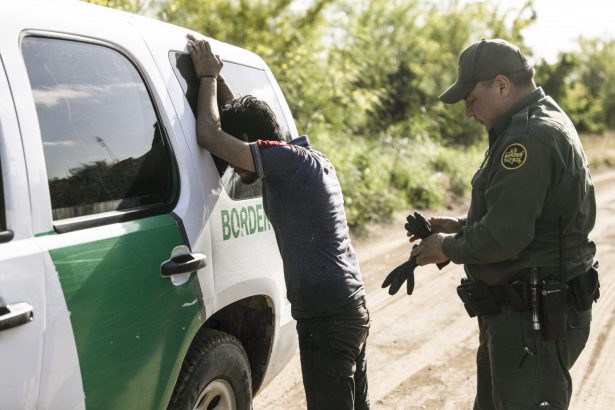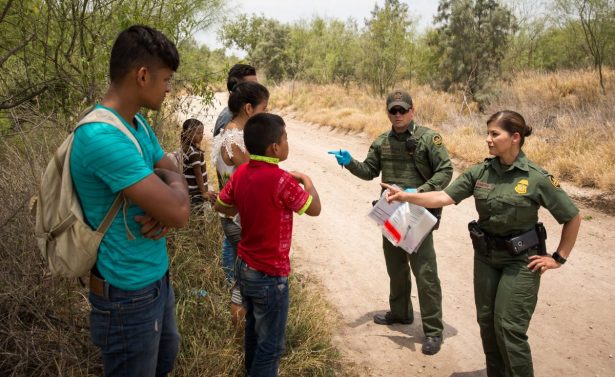Human smugglers made up to $2.3 billion in just one year smuggling illegal immigrants into the United States, according to a new study.
The study focused on how smugglers take people from Guatemala, Honduras, and El Salvador, and help them get into the United States.
A preliminary estimate of revenues from human smuggling ranged from $200 million to $2.3 billion, according to the RAND Corporation, “with uncertainty stemming largely from analytical challenges related to data limitations and time constraints.”
“We learned that human smuggling involves many different types of actors and that we could not credibly distinguish most criminal organizations’ activities and revenues from those of other actors, including ad hoc groups and independent operators, that engage in human smuggling,” Victoria Greenfield, lead author on the report and a senior economist at the nonprofit RAND, which said it is nonpartisan, said in a statement.

“At best, we could provide a broad range for the revenues to all types of human smugglers,” she added.
RAND said most migrants entering the United States illegally hire smugglers for assistance or pay others at some point during their journey north.
While large groups engage in human smuggling, providing service from start to finish, there are also loose networks or a larger number of small groups that usually work together; ad hoc groups, or two or more independent operators who sometimes work together and might not be aware of all the actors involved; and independent operators, or a “cell” composed of one or a few individuals and which might provide just one service, such as transportation or lodging.
The preliminary estimates were drawn from the Department of Homeland Security data and other sources.

In addition, migrants pay from $30 million to $180 million in taxes to drug-trafficking transnational criminal organizations (TCOs) such as cartels.
“There is little evidence that drug-trafficking TCOs engage directly in human smuggling, but they maintain control of primary smuggling corridors into the United States and charge migrants a ‘tax,’ known as a piso, to pass through their territories. Drug-trafficking TCOs might also coordinate unlawful migrants’ border crossings to divert attention from other illicit activities and recruit or coerce migrants to carry drugs,” the report authors wrote.
RAND said the report could help the Department of Homeland Security (DHS) better understand the TCOs and develop policies to limit the groups’ effectiveness.
The report made several recommendations for how the department could target human smuggling, allocate resources, and improve data collection.

“DHS might consider expanding existing efforts to investigate payments to human smugglers, especially in the United States, and working more closely with formal and informal banking services to identify suspicious payments. DHS could also consider expanding current efforts to work with foreign law enforcement partners to disrupt smuggling operations,” it said.
“DHS could draw on information on the value of the human smuggling market, including comparisons with other illicit or analogous markets, to help guide decisions about allocating resources to efforts to target and disrupt human smuggling.”
The department could also standardize and expand the range of questions that border officials ask migrants during interviews to seek detailed information about smugglers, routes, and payments.

